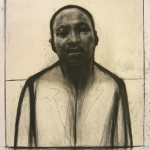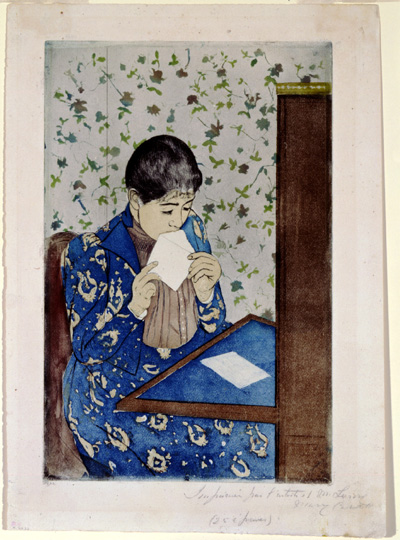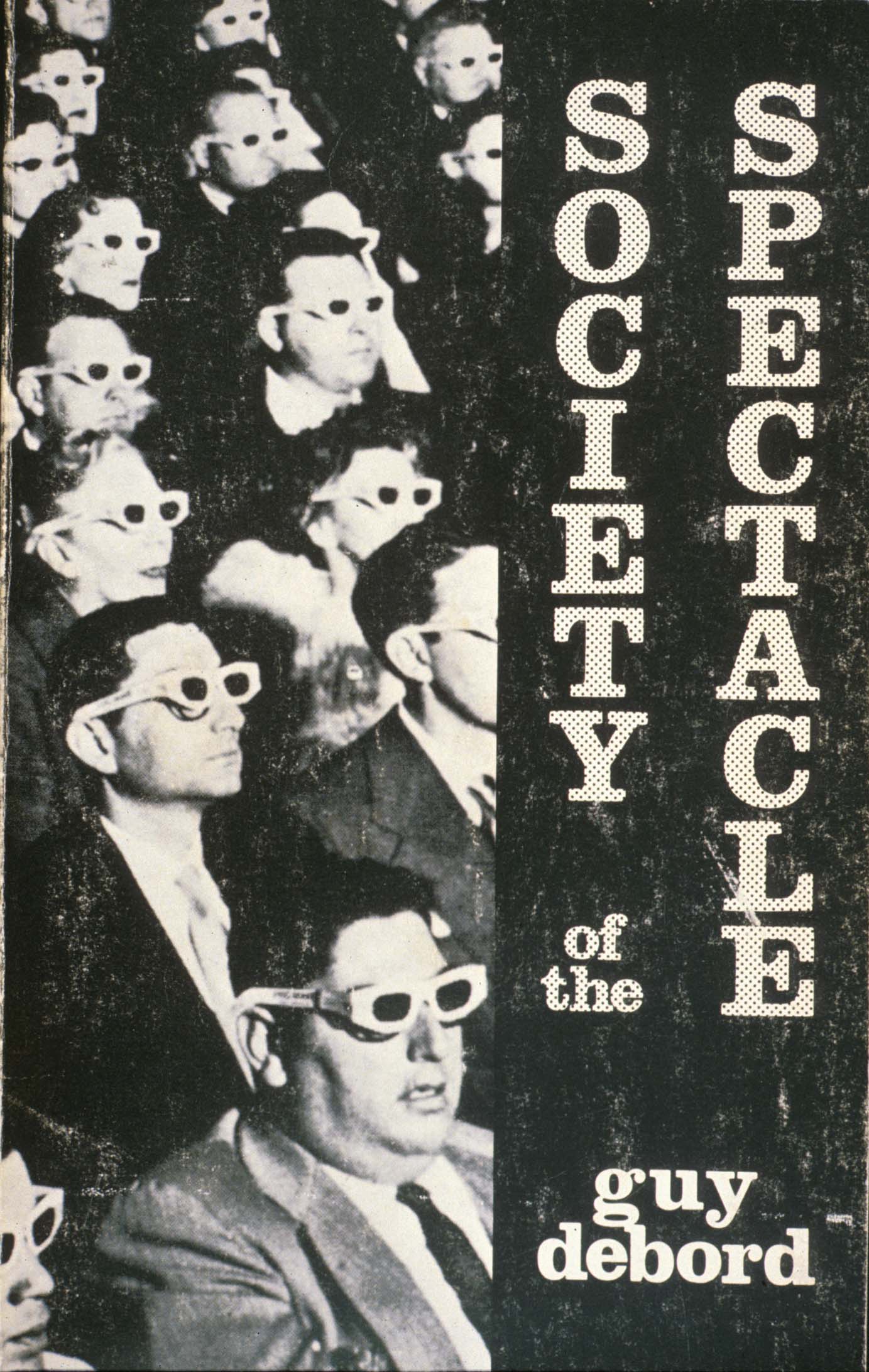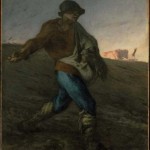Dialogue: John Wilson/ Joseph Norman
Friday, September 1st, 1995
JOHN WILSON is a classically trained artist whose life’s work has been a search for enduring, spiritually charged images of African-Americans. JOSEPH NORMAN weaves together all kinds of imagery into elaborate compositions that are elegant, yet full of feeling. “For both of these artists, art remains an important way to think about what it means to be human and to have an inner life.”
Read the full article »

